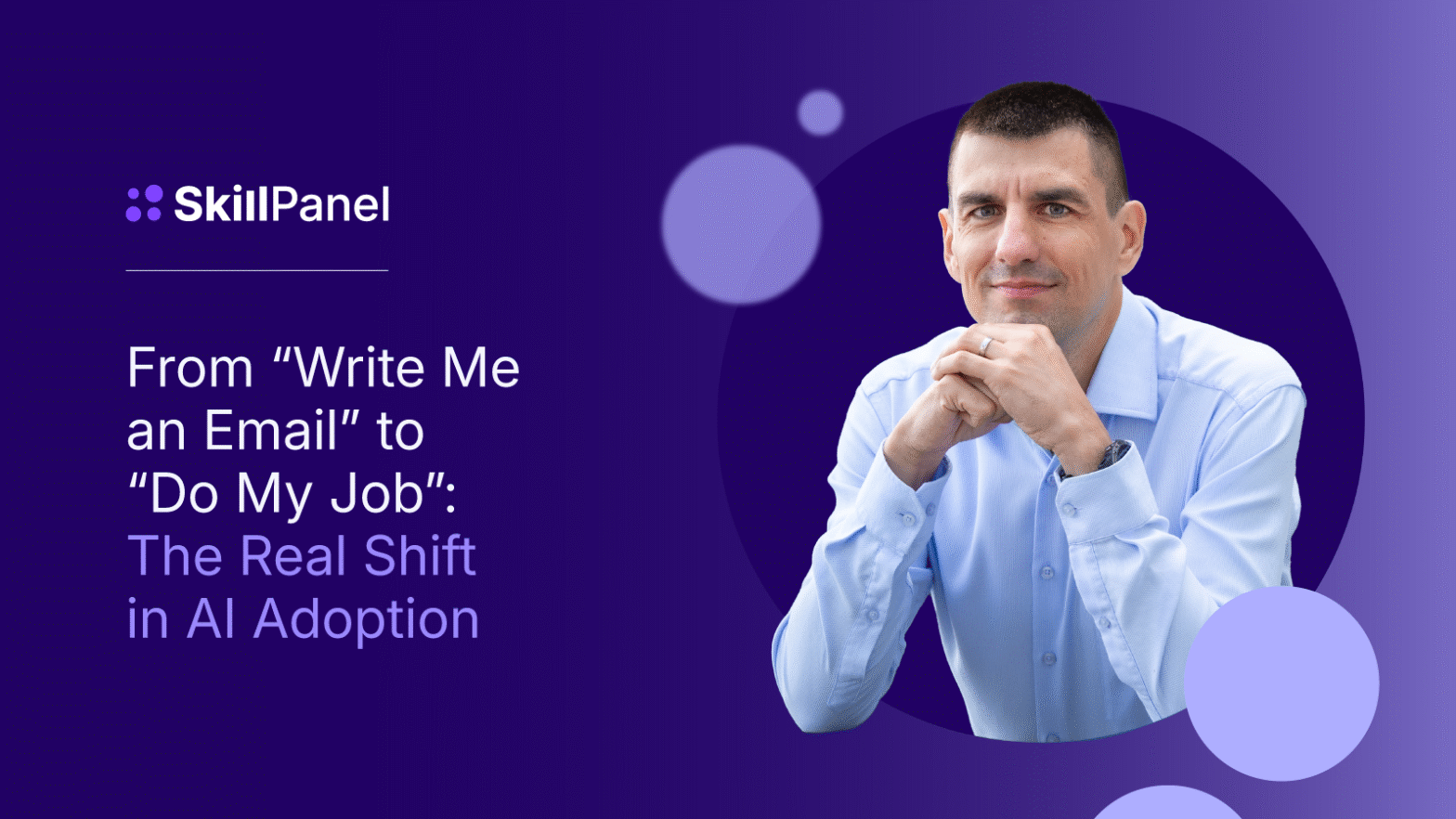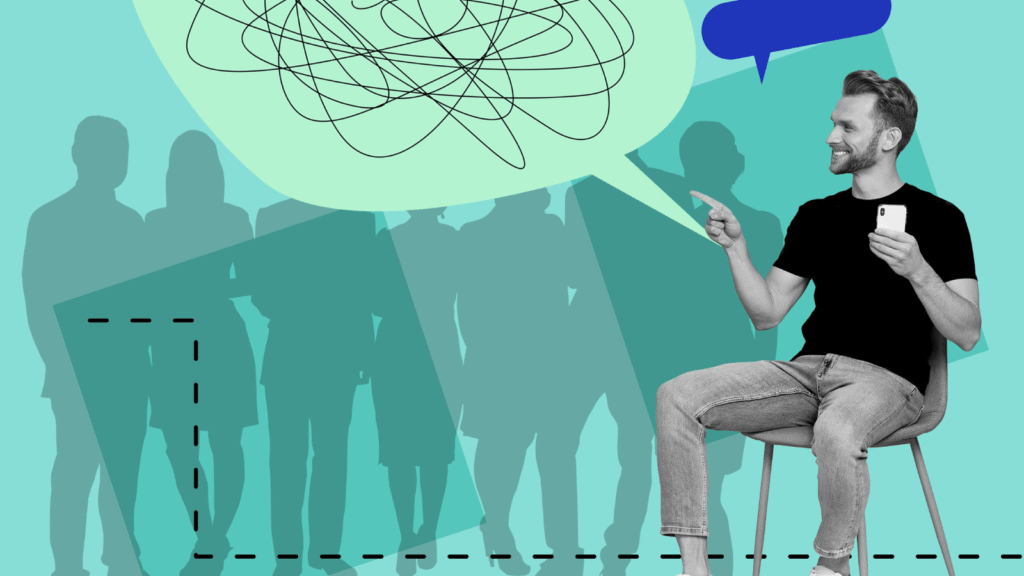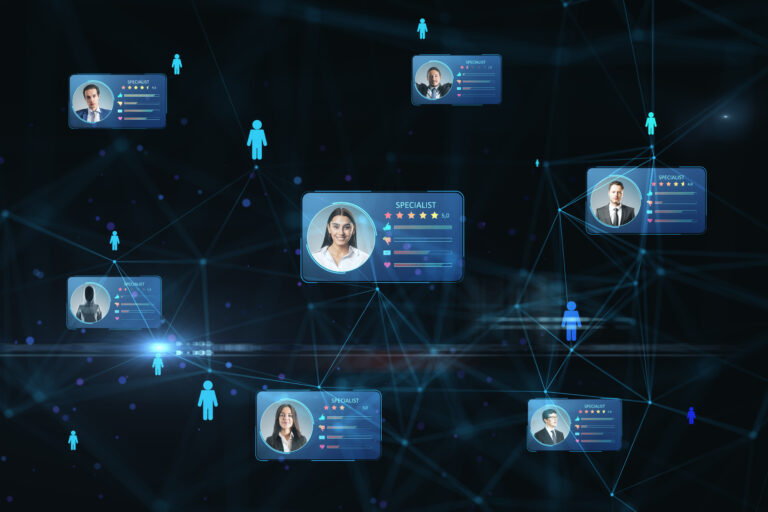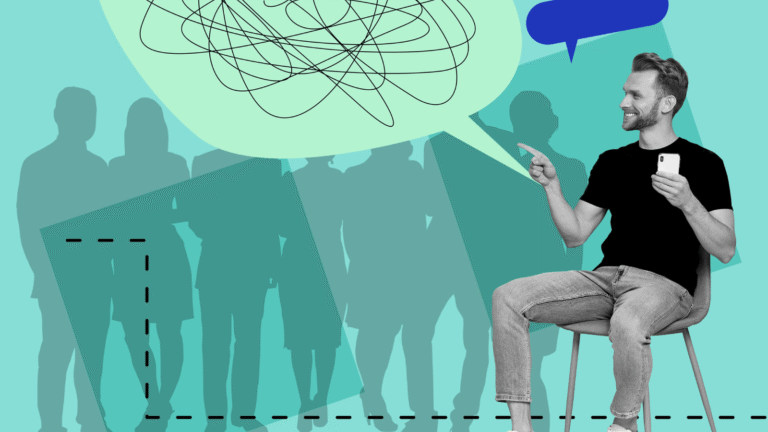
From “Write Me an Email” to “Do My Job”: The Real Shift in AI Adoption
| Reading time:

Over the last year, I’ve heard the same phrase again and again: “We’re already using AI.”
Then you ask what that means, and nine out of ten times the answer is, “We use ChatGPT to write emails.”
That’s fine. Everyone starts somewhere. But it reminds me of the early cloud era, when companies proudly claimed they had “moved to the cloud,” and what they really meant was that someone uploaded a few files to Google Drive. Technically true, but far from transformation.
The same thing is happening with AI. According to the latest EU report, only about 13% of European companies use it at all. In Poland, it’s below 6%. And even among those who do, most stay on the surface — using AI for small, isolated tasks that save a few minutes but don’t fundamentally change how work happens.
If AI is meant to reshape our jobs, it needs to stop being a writing assistant and start being a working one.
Agents, not chatbots
A chatbot answers questions. An agent takes action.
You can ask a chatbot to write an email.
You can ask an agent to write it, personalize it, send it to a hundred recipients, and follow up next week with the ones who didn’t reply.
That’s the difference between using AI for ideas and using it for execution.
And you don’t need to be a developer to do this. Modern AI tools like ChatGPT, Claude, and Gemini already include these capabilities through extensions or connected apps. You can link your Gmail, Drive, or Jira account and let the model act in your environment. It can prepare reports from files, organize notes, update documents, or coordinate routine communication — without a single line of code.
Some people find that idea uncomfortable, and I get it.
If an AI has access to your inbox, it’s no longer “safe text generation.” For some roles and companies, it’s acceptable; for others, not yet. Data protection and company policies are real boundaries. But this example isn’t about whether we should send emails through AI — it’s about showing what’s possible once an agent can act, not just talk.
And emails are only an example.
MCP: The missing link
Those extensions and connected tools rely on a new standard called MCP, the Model Context Protocol. It’s the piece that lets AI systems connect safely to real software — Gmail, Jira, Slack, HR platforms, CRMs — and actually perform actions.
Before MCP, AI was locked in a sandbox. It could process what you pasted in: a document, a spreadsheet, a block of text. It could generate outputs, but everything stopped at the chat window.
With MCP, that wall disappears. The model can work inside the tools you already use. You can ask it to prepare a list of Jira tasks, assign them to the right people, and a week later check if each description meets your company’s standard. You can ask it to review data across systems, flag inconsistencies, and prepare a summary for a meeting.
It’s not a leap into science fiction — it’s just giving AI access to context and letting it act responsibly inside boundaries you define. The technology is here; the question is how much autonomy you’re ready to grant it.

How much autonomy is too much?
That question will soon define how we work. Giving an AI agent access to your data or systems means giving it a form of limited autonomy. At first, it feels risky — like handing your car keys to someone you’ve just met. But once you understand how permissions, logs, and verification work, that fear turns into management.
You decide where the boundary is.
Maybe your agent can draft emails but not send them.
Maybe it can create Jira tasks but needs approval before assigning people.
Maybe it can summarize performance data but not view individual reviews.
That balance between autonomy and control will become a professional skill, just like delegation in a team. The challenge isn’t to stop AI from acting; it’s to make sure it acts within the right frame of trust.
How it changes daily work
Take an HR professional as an example. Their day is full of coordination: onboarding steps, missing access rights, reminders about documents, performance review summaries.
An agent could handle most of that. It can verify which onboarding actions are still pending, send reminders to the right people, and keep the records clean. During performance reviews, it can collect evaluation data, highlight inconsistent ratings, and prepare input for calibration meetings.
The HR professional doesn’t disappear. They finally have time to think. To interpret, not to chase.
The same principle applies to nearly every role. Engineers can delegate the creation and review of task structures. Project managers can track follow-ups. Sales teams can automate personalized communication without losing human oversight.
What matters isn’t whether AI can technically do it — it’s how much we trust it to handle small, reliable steps so we can focus on judgment and creativity.
What’s next
MCPs are still new, but they’ll spread fast. Most major SaaS systems will soon expose their own. AI agents will move freely across Gmail, Jira, Notion, or your HR platform, coordinating the same way you do today — only faster and without context switching.
At SkillPanel, we’re part of that evolution. We’ve built an MCP that lets users access skills data, job profiles, and skillsets directly from their AI environment. You can ask your agent to analyze skill gaps, draft a new position profile, or trigger updates in the database — all without opening the platform.
It’s a small but significant change. Because once AI starts doing your actual work, not just describing it, you stop thinking of it as a chatbot. It becomes a quiet collaborator that handles the invisible parts of your day — the ones you’ll be glad to never do again.





